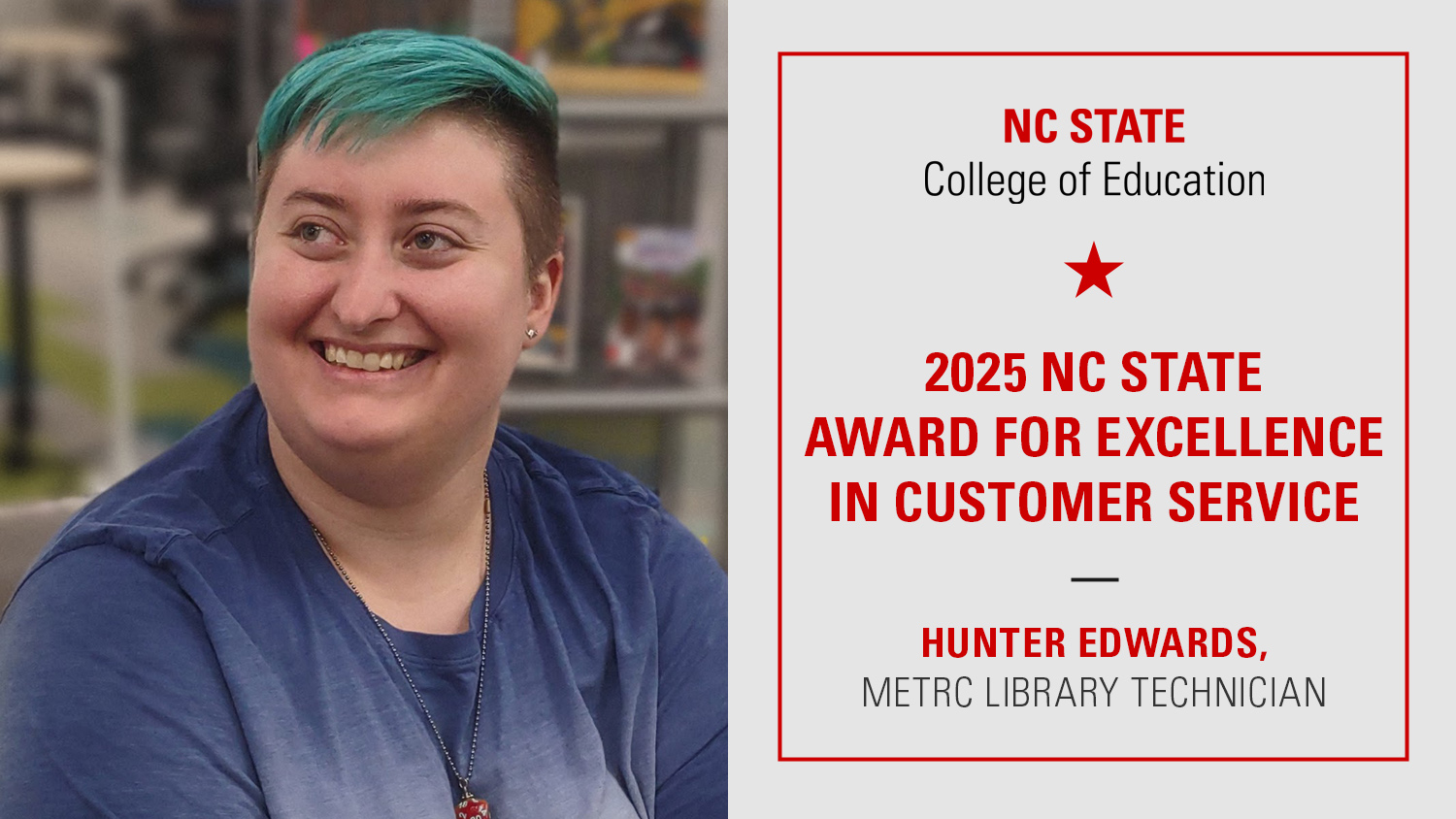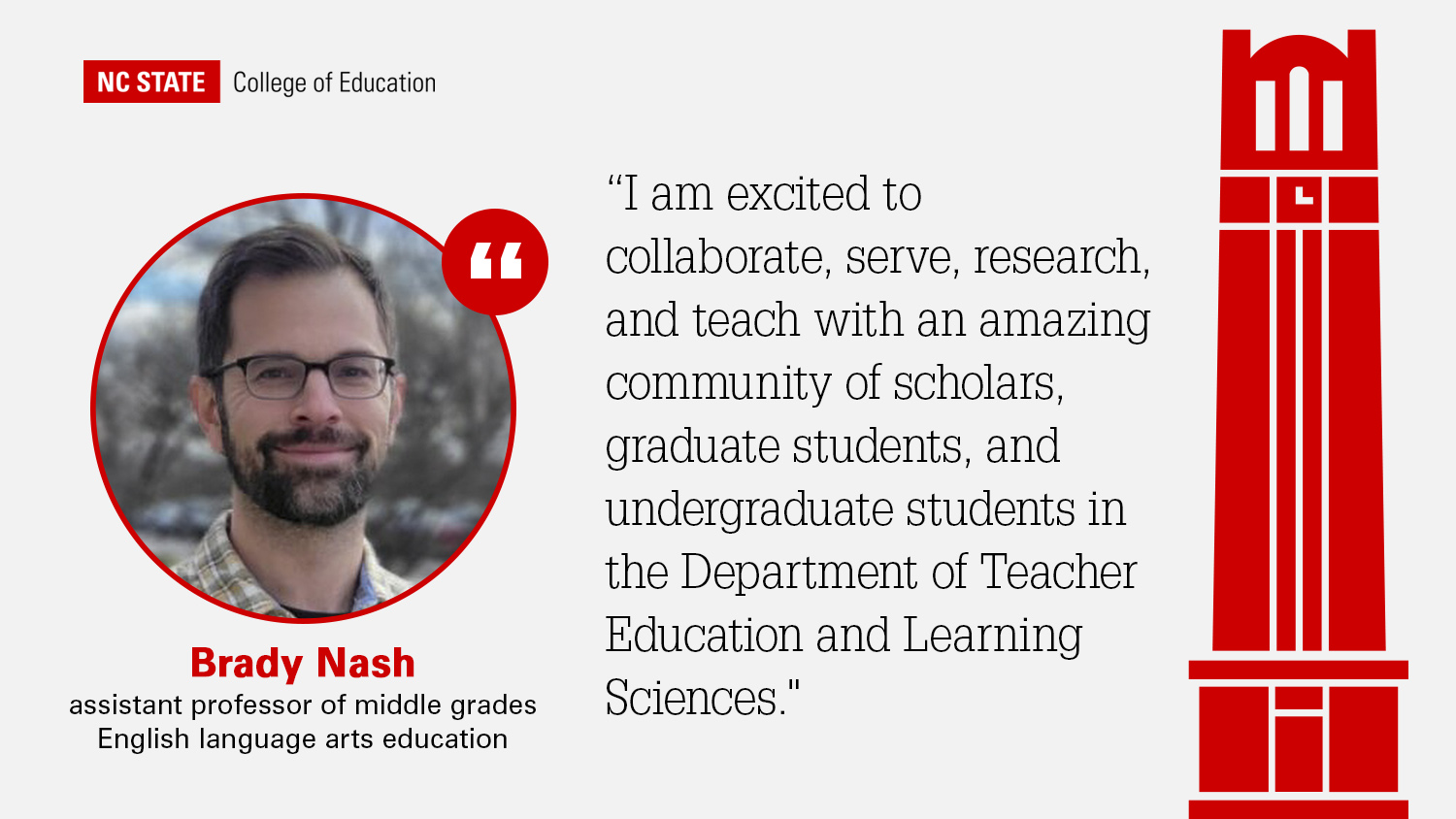IDEALS Team Discusses New Findings and How to Apply Them in New Report, Webinar

Challenging class discussions and orientation events that incorporate religious diversity themes are just two ways educators can help first-year college students develop their interfaith learning skills according to a new report released by the Interfaith Diversity Experiences & Attitudes Longitudinal Survey (IDEALS) research team.
In the new report, the IDEALS team identifies campus experiences — ranging from conversations that pique worldview curiosity to situations that challenge preconceived assumptions about different worldview groups — that have a positive influence on and strongly impact students’ perceptions of diverse populations.These experiences also demonstrate how students create their personal worldview and grow in their respect for people of multiple beliefs and backgrounds.
[spotlight-box label=”Free Webinar” img=”” heading=”Promoting First-Year Students’ Interfaith Learning and Development” cta=”Register to attend the webinar” url=”https://www.ifyc.org/ideals/firstyear”]
Join Alyssa Rockenbach, Alumni Distinguished Graduate Professor of Higher Education at the NC State College of Education, and her colleague Lisa Davidson from the Interfaith Youth Core for a free webinar on Tuesday, Oct. 23, 2018, at 1 p.m. EST.
During the webinar, they will discuss the first-year findings from the IDEALS study, how to apply them to areas within higher education, and what’s next for the IDEALS research team.
[/spotlight-box]
“Our hope is that postsecondary leaders and practitioners will draw on IDEALS findings to create opportunities for their undergraduates to meaningfully engage in religious and worldview differences,” said Alyssa Rockenbach, Alumni Distinguished Graduate Professor of Higher Education at the NC State College of Education and co-principal investigator on IDEALS.
The report’s findings suggest educators should include intentional spaces for interfaith engagement in their classrooms to help develop students’ ability to think critically about their worldview and how it impacts their peers. Rockenbach’s team found that even if encounters are unsettling, those instances are still correlated with growth in interfaith learning and development.
Faculty members should also note that ordinary encounters–even informal conversations with students of different backgrounds–are some of the most influential drivers of attitudes towards others.
Outside of the classroom, the report encourages educators to identify resources that are currently available on their campuses that support a diverse mixture of worldviews. It suggests finding opportunities to enhance and increase those resources citing that students are apt to become appreciative of other worldviews when they feel safe and have a place to express their personal worldview on campus.
“IDEALS shows us that first-year students have the potential to make significant gains in their interfaith development when they encounter religious and worldview diversity in orientation programs, coursework, conversations with faculty, and informal engagement with peers. Taken together, curricular, co-curricular, and social experiences in college stand to make a powerful impact on students’ interfaith learning gains,” said Rockenbach.
In 2015-2016, the IDEALS team surveyed 7,194 first-year students attending 122 colleges and universities nationwide about their experiences on campus related to religious diversity and interfaith engagement. The students took one survey at the outset of their first year of college, then completed a follow-up survey at the end of that academic year.
Best Practices for Interfaith Learning and Development in the First Year of College is the second in a two-part series that reflects on findings from the first year of the IDEALS survey. It aims to guide leaders in higher education — as well as faculty members — who want to provide support to first-year students during what is considered the most critical year on campus.
The IDEALS team will host a free webinar on Tuesday, Oct. 23, that explains in greater detail the new findings from the report.
- Categories:


